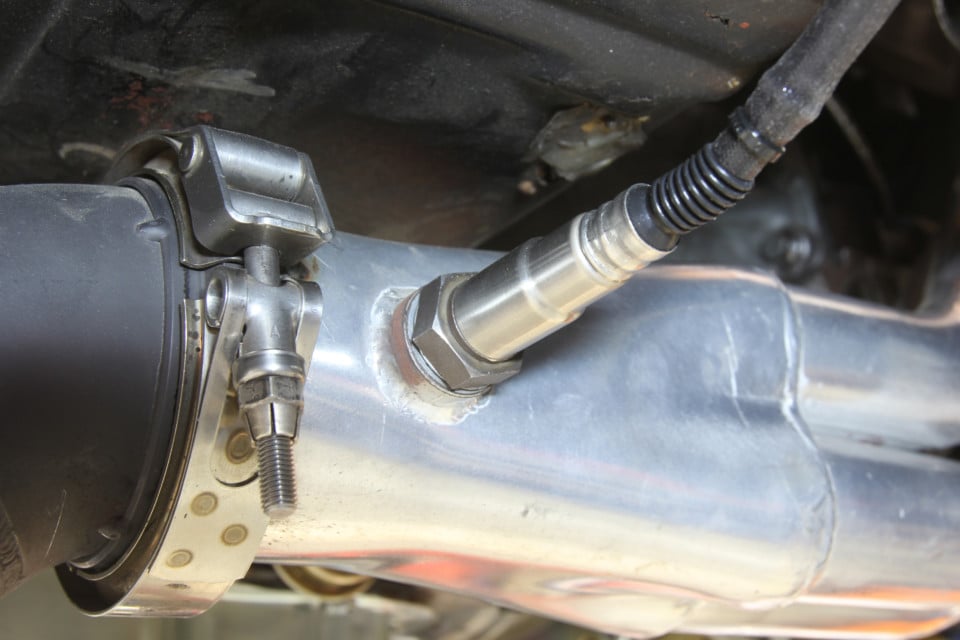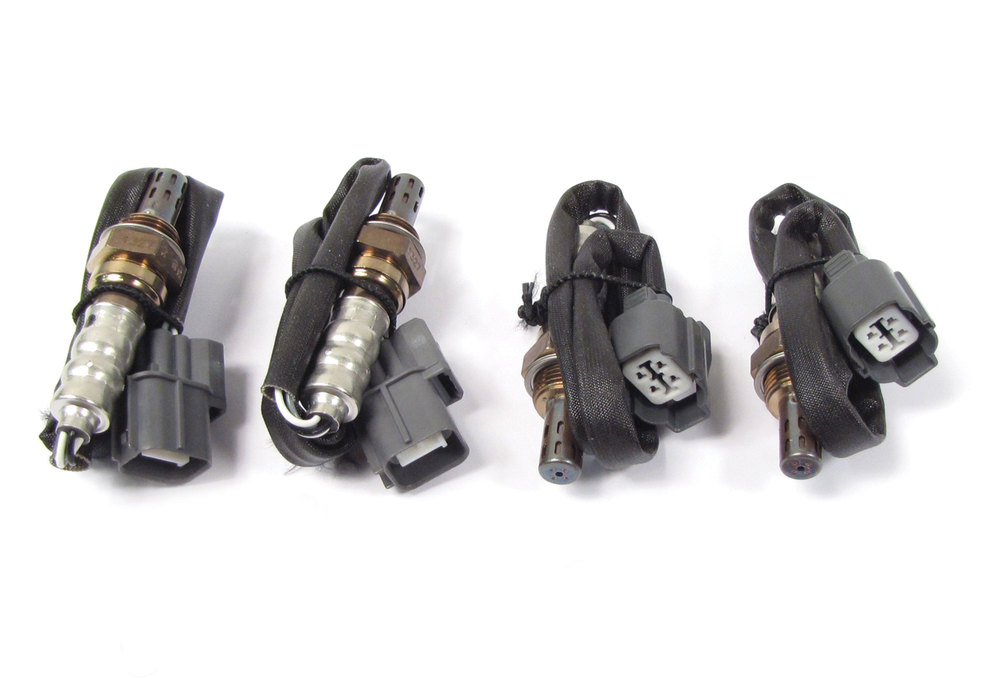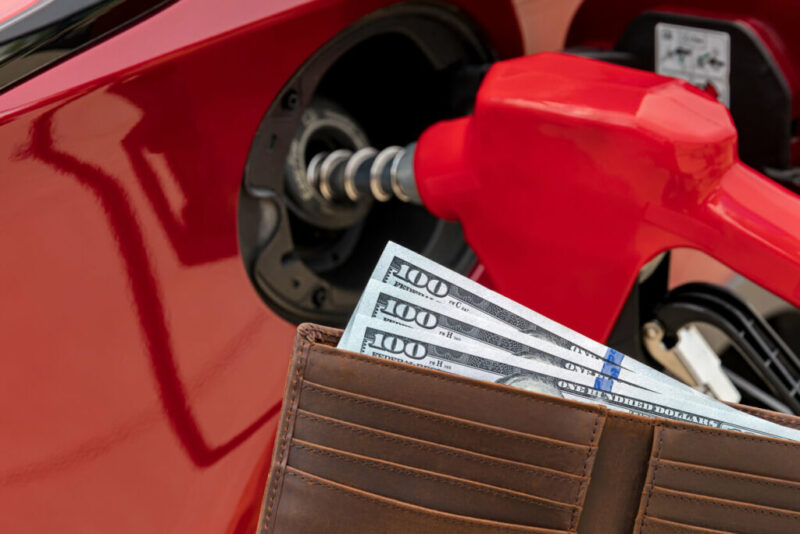In the modern world, fuel efficiency has become an increasingly important factor in the transportation industry. From hybrid cars to fuel-saving technologies, there are many ways to maximize mileage and reduce energy consumption.
One of these solutions is oxygen sensors. Oxygen sensors help detect and monitor air-fuel ratios to regulate engine performance and improve overall fuel efficiency.
In this article, we will explore how oxygen sensors can enhance fuel economy for maximum mileage gains. We will examine their inner workings as well as their installation process and discuss some of their potential benefits for drivers around the world.
Benefits of Installing an Oxygen Sensor

The installation of oxygen sensors can provide several benefits for vehicle owners. The most obvious benefit is improved fuel efficiency, as the oxygen sensor helps to ensure that the correct ratio of air and fuel is being used by an engine. This leads to more efficient combustion, resulting in increased mileage per gallon or liter.
Other benefits from the installation of an oxygen sensor include reduced emissions and fewer trips to fill up due to extended time between refills. Additionally, drivers may experience smoother acceleration and better overall performance from their vehicles with an oxygen sensor installed.
How Oxygen Sensors Improve Mileage

Oxygen sensors, or lambda sensors are a crucial part of any vehicle’s engine. They enable the car to measure the amount of oxygen in its exhaust and adjust fuel delivery accordingly.
This helps improve your car’s overall performance and maximize mileage by ensuring that it is burning fuel as efficiently as possible. In addition to improving your car’s efficiency, oxygen sensors also help reduce emissions from the vehicle, providing environmental benefits as well.
The primary benefit of an oxygen sensor is increased fuel economy due to more efficient combustion within the engine itself. With an oxygen sensor installed, gasoline engines can run at optimal air/fuel ratios for improved combustion system efficiency which translates into better gas mileage for you – up to 40% higher than without one! Additionally, this improved efficiency reduces harmful emissions from the vehicle—making it environmentally friendly too! Overall, installing an oxygen sensor in your vehicle will have many beneficial effects on both its performance and fuel consumption rates.
The increase in miles per gallon will be immediately noticeable along with reduced emissions levels–allowing you to enjoy greater savings while simultaneously doing something good for the environment!
Common Issues with Oxygen Sensors

Oxygen sensors are an important component of a car’s engine, as they measure the amount of oxygen in the exhaust and help optimize fuel efficiency. Despite their importance, however, oxygen sensors can experience common issues that cause them to become less effective or even fail.
Some of these problems include fouling due to carbon buildup on the sensing element, incorrect installation leading to inaccurate readings, and damage caused by exposure to high temperatures. These issues can lead to decreased fuel economy and performance if not addressed promptly.
In some cases, it may be necessary for a qualified mechanic to repair or replace a faulty oxygen sensor for your car’s engine system to continue running efficiently and reliably.
Steps for Maximizing Mileage with an Oxygen Sensor

1. Maintaining Your Oxygen Sensor: Proper maintenance of your oxygen sensor is key to maximizing mileage.
This means inspecting and cleaning the sensor regularly, as well as replacing it when necessary. It is also important to make sure that the oxygen sensor is free from any damage or contamination that may affect its performance.
2. Checking Air-Fuel Ratios: The air-fuel ratio in an engine can have a significant impact on fuel efficiency, so it’s essential to check this periodically with an oxygen sensor.
By monitoring the amount of air and fuel being used by the engine in real-time, you can ensure maximum efficiency for every mile driven. 3.
Adjusting Fuel Injector Settings: Adjusting injector settings can also help maximize mileage with an oxygen sensor. By making small adjustments to how much fuel each injector delivers, you can increase or decrease power output and optimize overall performance for your specific driving conditions and needs.
4. Optimizing Timing Advancement: Timing advancement is another factor that affects fuel economy; optimizing this setting helps ensure that your vehicle performs at its peak while using minimal amounts of gas or diesel fuel per mile traveled.
Additionally, if timed correctly, spark plugs will fire more efficiently which decreases emissions and improves MPG even further!
Conclusion

Fuel efficiency is an important factor for any vehicle. You can use oxygen sensors to improve fuel efficiency by optimizing the air/fuel ratio in combustion engines. By using oxygen sensors, drivers can ensure that they get the most out of their vehicles and maximize mileage without sacrificing power or performance.
In addition to increasing fuel economy, oxygen sensors also help reduce emissions from cars and trucks which helps protect the environment. With advances in modern technology, oxygen sensor systems have become relatively affordable and easy to install, making them a popular choice for those looking for ways to enhance their vehicle’s performance and save money on gas.


